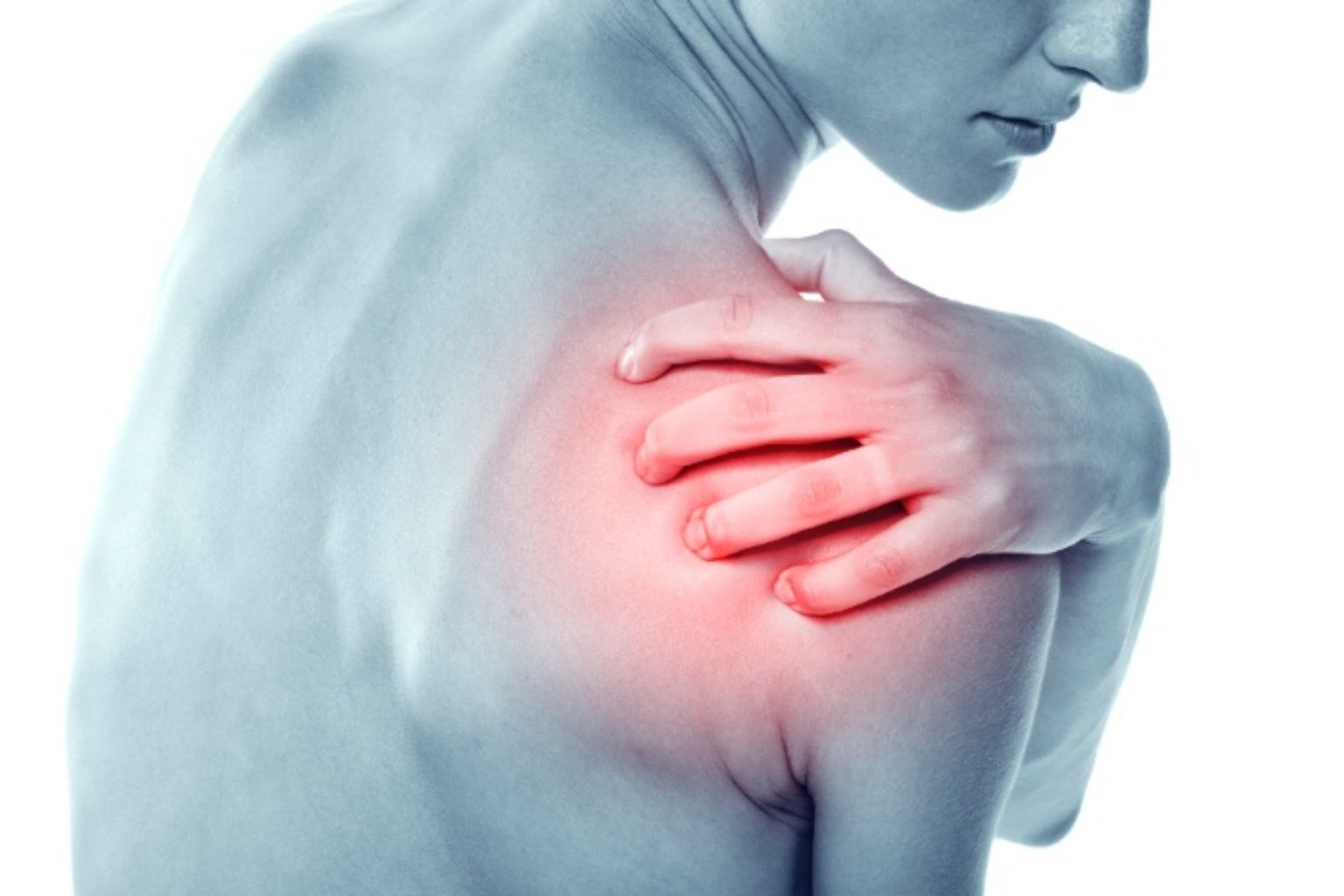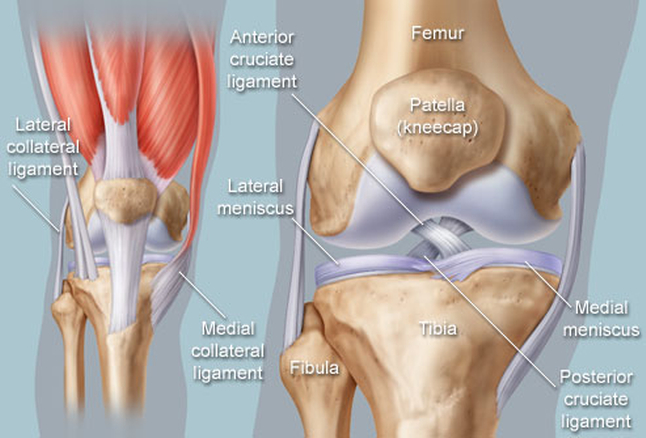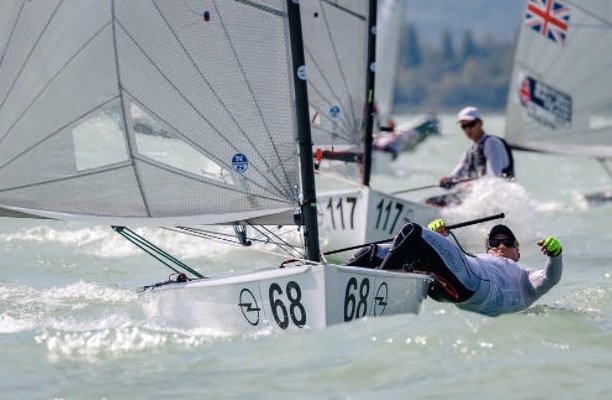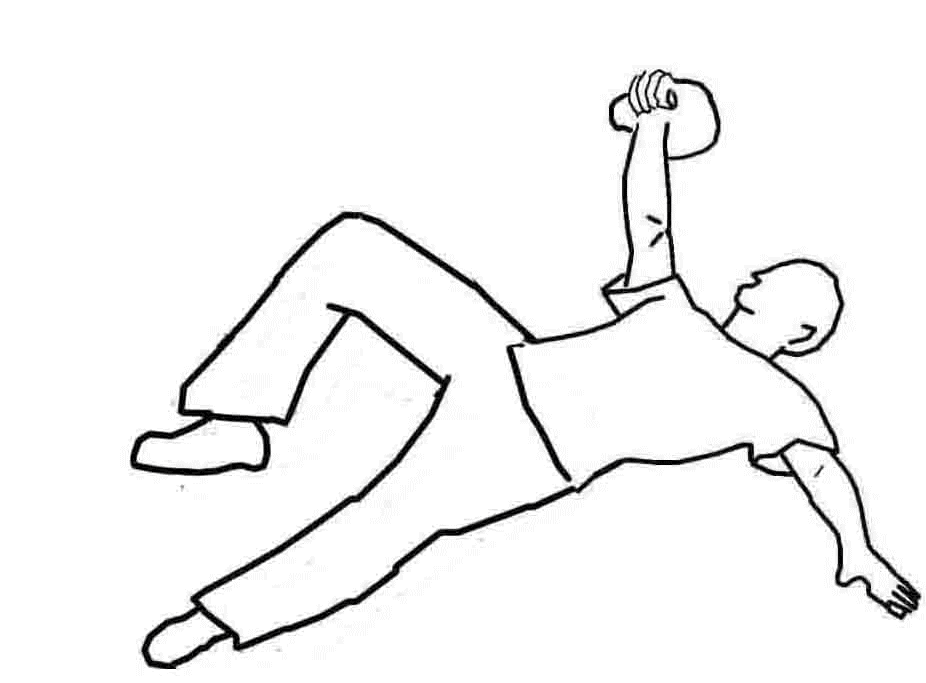
The Importance Of Joint Mobility And Stability In Sailing Athletes
You may wonder why some workouts are not as intense or why some exercises have explicit instructions to execute an unfamiliar or awkward movement. Although silly at times, these exercises are no practical joke and critical to keeping you safe and healthy! This month’s issue focuses on joints, and how joint mobility and stability allow you to have better movement mechanics, decrease risk of injury, and increase performance.
Many sailing athletes begin their journey with SPT because they need help recovering from an injury. These athletes have movement compensations and asymmetries from self-managing their injuries and/or joint pain. Injury recovery requires expert guidance and monitoring to have the most efficient and complete recovery. If not managed properly, chronic compensation of injured joints can lead to additional injury in new places and inhibit your fitness progress. For these reasons, the first assessment for any new SPT athlete is a Movement Screen. Proper fitness development requires good mechanical movement first and foremost! If you follow proper form under heavy loads, your body will be working most efficiently and safely.

(One of the strengths of SPT's platform is monitoring athlete load.)
A joint is a connection-location, joining two bones (simple joint) or three or more bones (compound joint) by soft tissue. How the joint is connected determines the structural classification of that joint. Physiologically, its function is to allow movement so, therefore, must be mobile. Skeletal musculature creates movement at the joint that it crosses, whereas the ligaments and joint capsules limit movement. Every joint of the skeletal system maintains a reciprocal relationship between mobility and stability, since stability of the joint is as important as mobility when considering structural integrity.
The relationship between joint mobility and joint stability are negatively correlated: the greater the mobility, the less stability, and vice-versa. Therefore, when a joint is capable of greater mobility, the risk of injury is also greater since stability is compromised. On the other hand, when stability is greater, the risk of injury is minimized, but the joint has potentially less range of motion (ROM). This may cause compensatory effects to upstream or downstream body parts in some positions.
In my experience the majority of sailing athletes lack stability in many key joints (ankles, hips, shoulders), which has large compensatory effects on other body parts (knees, lower back, neck, elbows, and wrists). When an athlete needs help with joint pain, I immediately assess the mobility and stability of his or her key joints to determine the underlying cause of the pain. Acceptable mobility and stability is determined by three factors:
“In general, the joints with greater mobility tend to have an increased risk and frequency of injury”
1. The joint capsule complex (ligaments): The ligaments in a joint add stability but reduce the available ROM. For instance, when comparing a shoulder joint to a hip joint (both of which are ball-and-socket joints), the ligaments in the joint capsule complex of the shoulder are more relaxed than those in the hip. As a result, the shoulder is capable of increased ROM, while the hip joint is more limited in mobility—though the hip does benefit from greater stability due to stronger ligaments!
2. The shape of the bones: The shape of the bones in the joint also determine mobility and stability. Again, when comparing the shoulder and the hip joint, the shallow socket of the shoulder scapula provides much less stability than the deep socket in the pelvic bone. So, the stability of the shoulder joint is much less than the hip, but the mobility of the shoulder is much greater.
3. The musculature: Joint mobility and stability is effected by the size of the surrounding muscles: the stronger and more massive the musculature that crosses a joint, the greater the stability in the joint. When considering the hip and shoulder, the hip joint has much more musculature mass that crosses the joint. Therefore, the hip joint has greater stability through its musculature, but has less mobility in comparison to the shoulder. In general, the joints with greater mobility tend to have an increased risk and frequency of injury. The joints with greater stability tend to have a decreased risk and frequency of injury.
Each joint has a proper position by which the joint is considered to be the most stable called the “closed-packed position.” In the closed-packed position, the joint articulation is in a position of best fit and congruence, and the ligaments are the most aligned. Conversely, an “open-packed position” is when the joint articulation isn’t in its optimal position. Athletes that have poor movement training or execute compromising positions during sport often exhibit open-packed positions. Movements in the open-packed position, decrease stability and increase the risk of injury.

Historically, sailors have not emphasized structural balance with weight training. In general, sailors in “traditional” boats get away with improper positioning without a significant increase in injury risk, largely because managing high-loads while being agile isn’t required while sailing (no disrespect, I still sail traditional boats as well – just a fact). In today’s generation of fast, foiling boats, de-emphasizing structural balance can be costly! Athletes competing in high performance classes without the adequate training (functional weight training) are at a REAL risk of injury.

Regardless of your sailing class, functional training and mobility exercises are an essential part of SPT’s programming. The intention of these exercises is to practice movements under varying load, so when you are forced to execute a similar movement during sport, your body is practiced in executing that movement properly, greatly reducing the risk of injury and increasing your movement on the water. During your gym training, shift your priorities to execute the movement as prescribed and de-emphasize how much weight you are using. These exercises can be very challenging at low weights!
In future blogs I will get more specific about certain joints and how to create stability and mobility around those joints to perform optimally. For now, prioritize and enjoy your mobility exercises!


